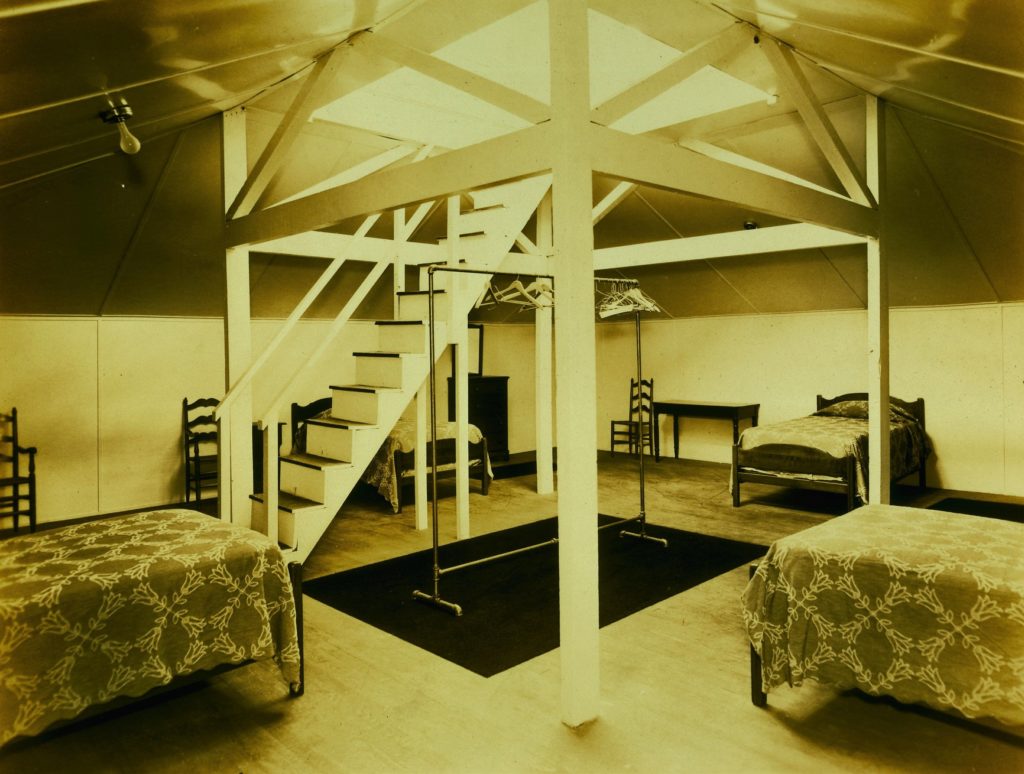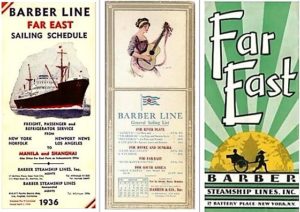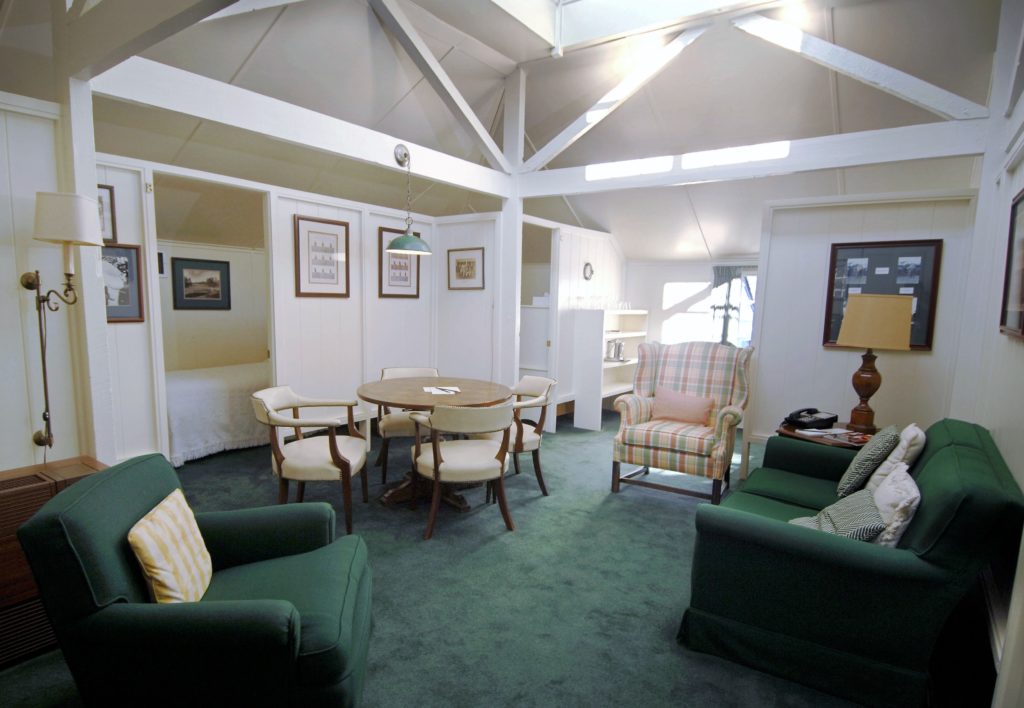http://californiawithkids.com/2017/03/ 
buy Pregabalin uk Augusta National’s clubhouse exists today only because when the club began, in 1931, Clifford Roberts and Bobby Jones didn’t have enough money to tear it down and replace it with something nice. The building is smaller than it looks; much of its apparent bulk comes from its porches, which are nine and a half feet deep and run all the way around. In 1931, it contained fourteen rooms, but most of them were cramped and dark, and there was no kitchen, no electricity, and no plumbing. The ground floor had been described by its builder, in 1857, as a basement, and the entire building had been unoccupied since 1918. Roberts and Jones hired a local architect to draw plans for a huge, fancy replacement—and they would have built it if at that point they hadn’t owed money to just about everyone for just about everything, including toilet paper.
The club’s financial situation improved as the nation’s did, and toward the end of the Great Depression a group of members donated fifty thousand dollars toward a major renovation of the building. This was a great stroke of luck. Roberts wrote later that, if the project had not been undertaken before the war, “there is no telling when it might ever have been accomplished.” He also estimated that if the renovation had been postponed it would have cost at least four times as much.
The final step in the project was the conversion of the building’s attic into minimal sleeping quarters for a handful of members. This dormitory, which came to be called the Crow’s Nest, was the first overnight lodgings on the grounds. Before it was completed, members and guests from elsewhere usually stayed in one of the hotels downtown. The dormitory was finished at around the time the club reopened following the war.
The Crow’s Nest is still sometimes used by members and guests, although the steepness of the staircase limits its popularity among those with unreliable knees. During the Masters, it’s offered to any of the tournament’s amateur competitors who wish to stay there, and at night they are inevitably drawn downstairs to thumb through the books in the library, study the photographs on the walls, stand for a while in the champions’ locker room, and worry about teeing off the next morning in front of the multitude gathered around the first tee. Players who slept in the Crow’s Nest as amateurs and went on to win the tournament as professionals include Ben Crenshaw, Jack Nicklaus, Mark O’Meara, Craig Stadler, Tiger Woods, and Phil Mickelson.
I’ve stayed in the Crow’s Nest, too. When I was working on my book The Making of the Masters, in the late nineteen-nineties, I slept in quite a few places at the club, among them Roberts’s old “suite,” a couple of the cabins, and the rooms known then as the Bachelor Quarters. The Crow’s Nest was my favorite by far. Bed, bathroom, card table, TV, comfortable chair, bar at the bottom of the stairs—what more do you need?
Renovation of the Crow’s Nest was followed by a far more ambitious project to add beds. The quality and availability of local hotel rooms had become unpredictable, and Roberts believed that the club needed to become more self-sufficient. In 1945, Edward J. Barber, a member who owned a steamship line in New York, surprised Roberts by offering to lend the club a hundred thousand dollars on favorable terms and to leave the club enough money in his will to cancel the debt. (Upon his death, in 1953, he actually bequeathed twice as much.) Barber explained that his years as a golfer were running out, and he wanted the club’s facilities to improve while he was still around to enjoy them.




I always look forward to your Masters Countdown. Never fail to learn something new despite having been born in Augusta & lived in the area for 60 years while playing golf for 50 of those years. Well done, sir!
As a strapping young lad from the depths of snowy Michigan, I can’t wait to make it here one day.